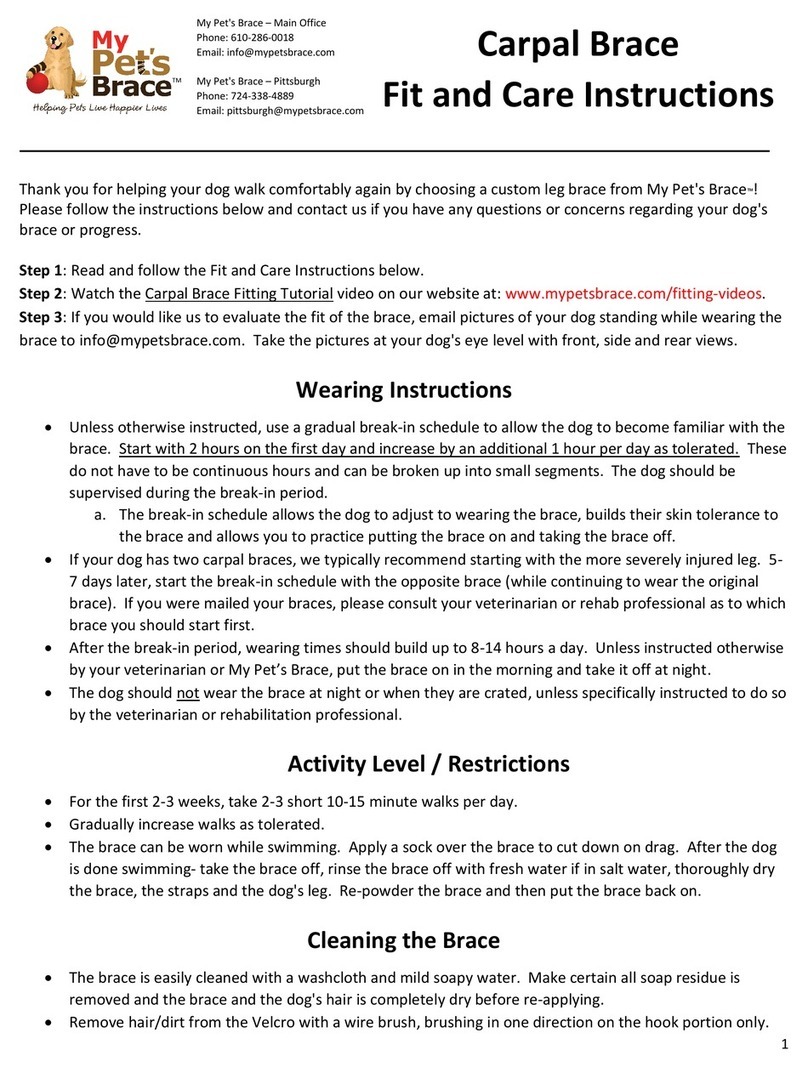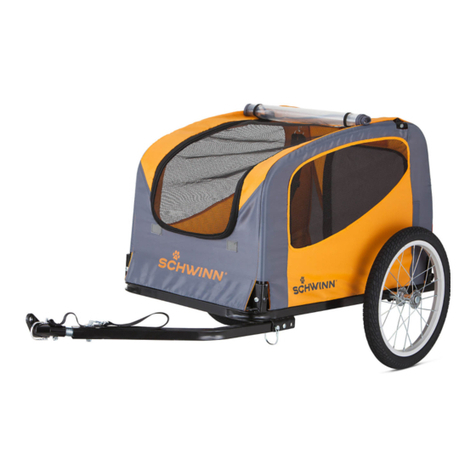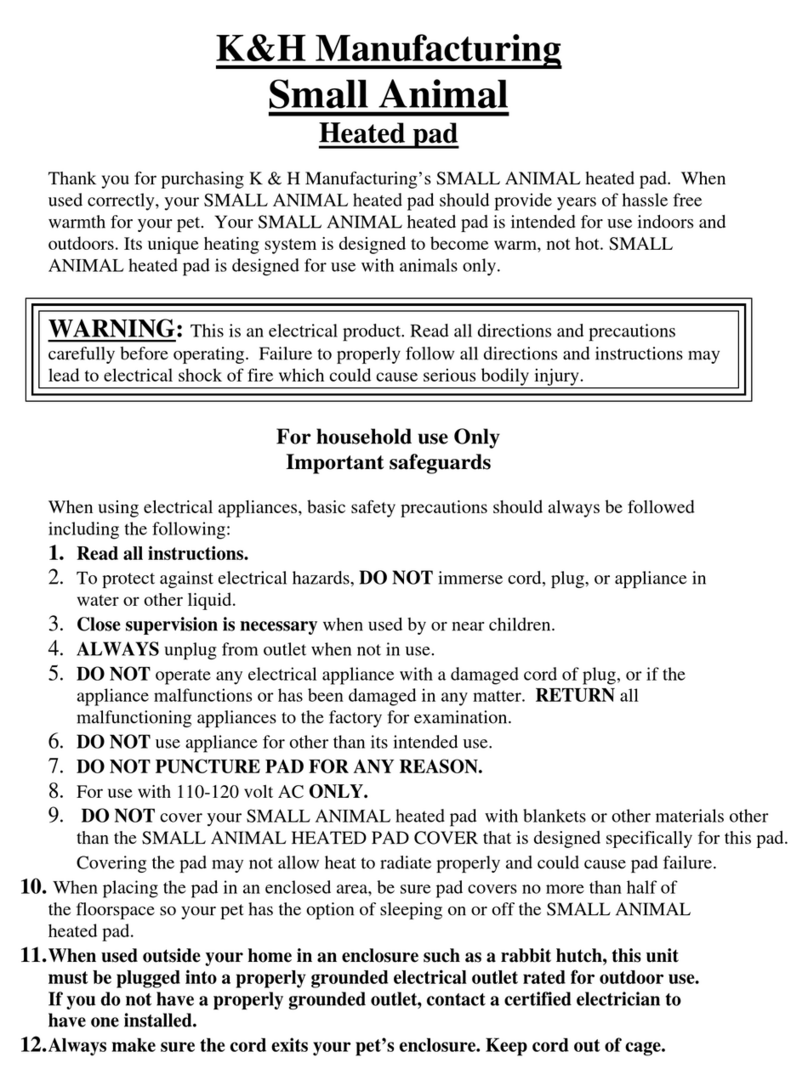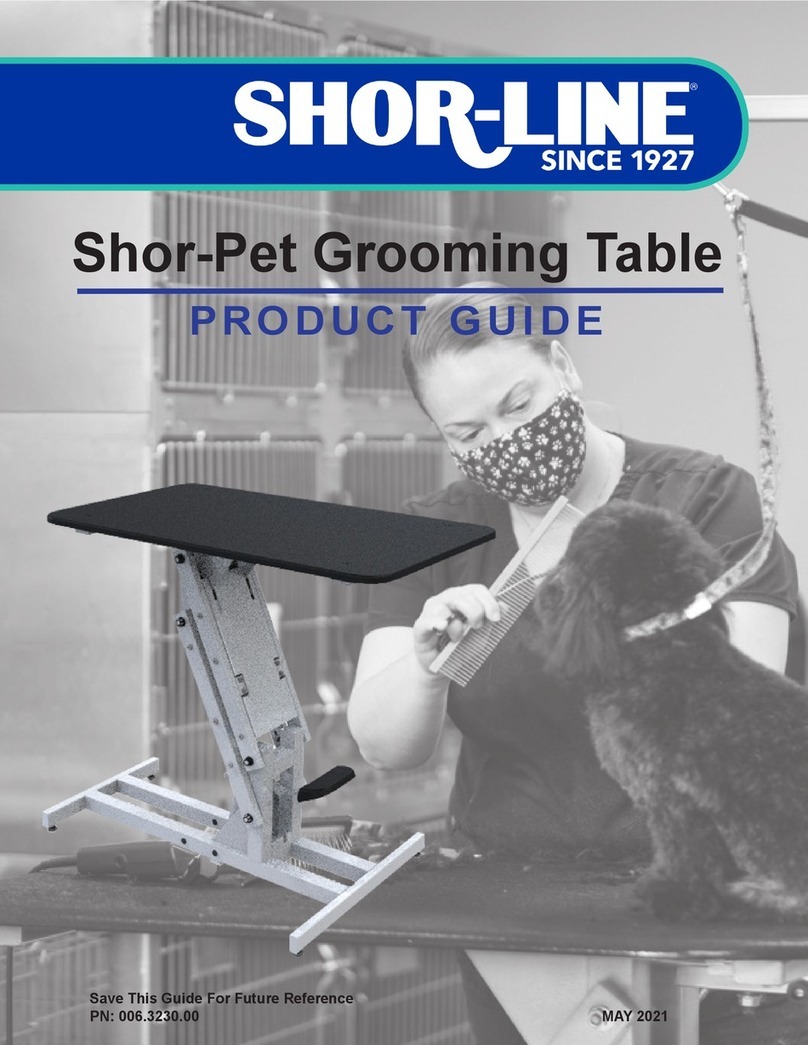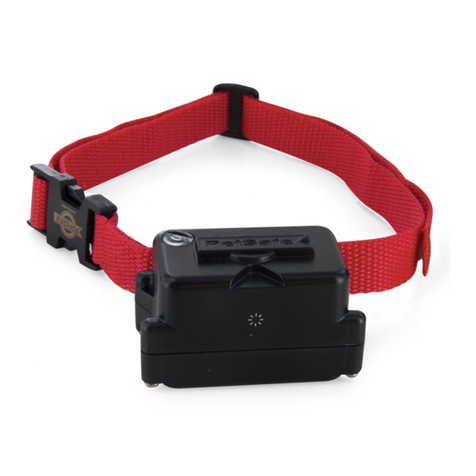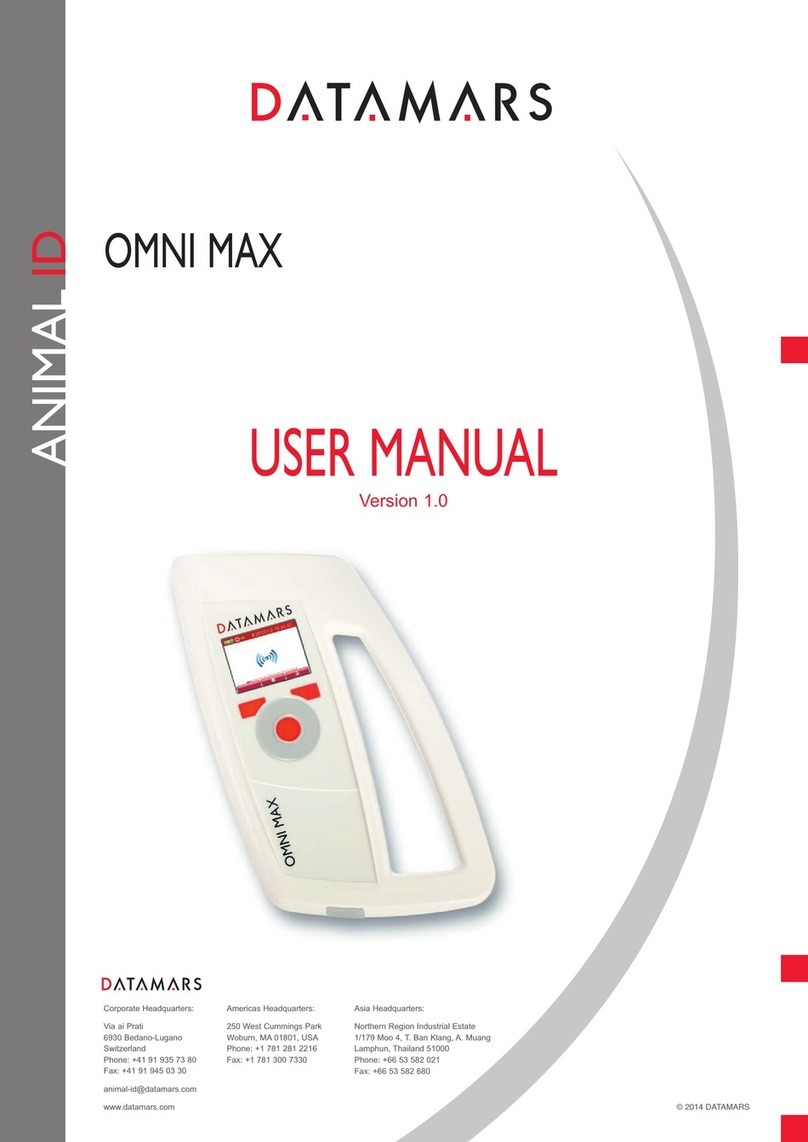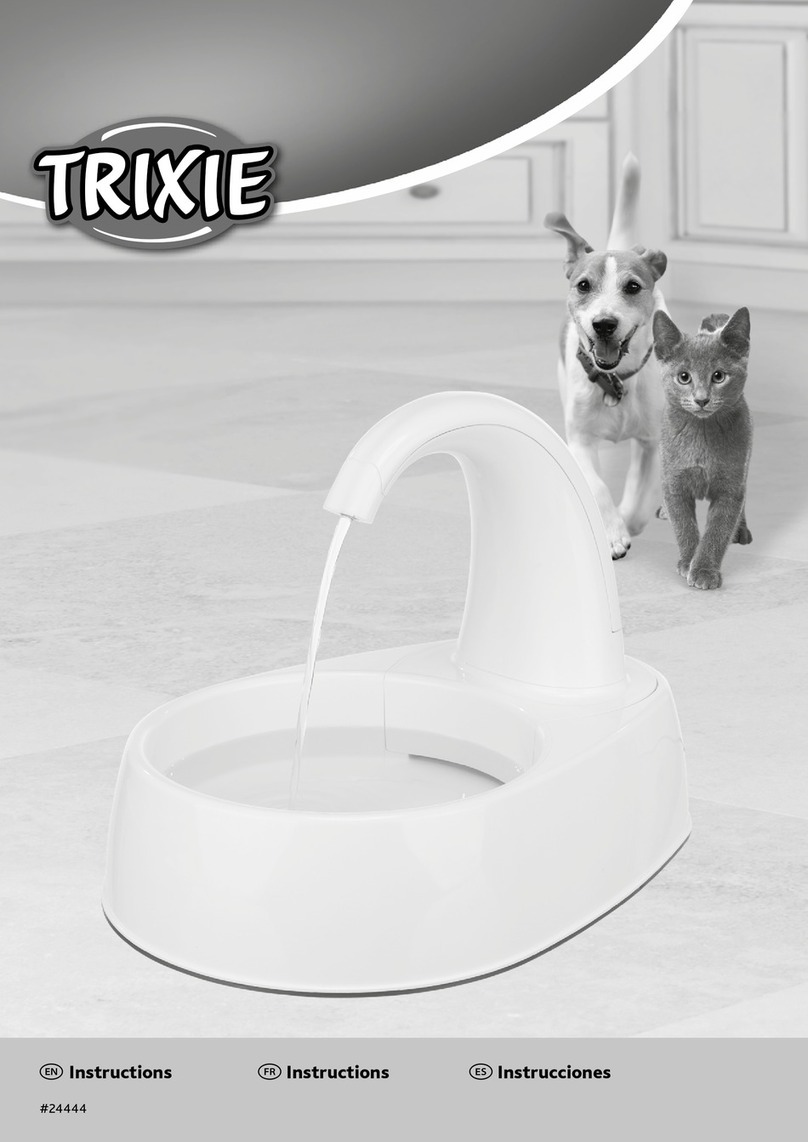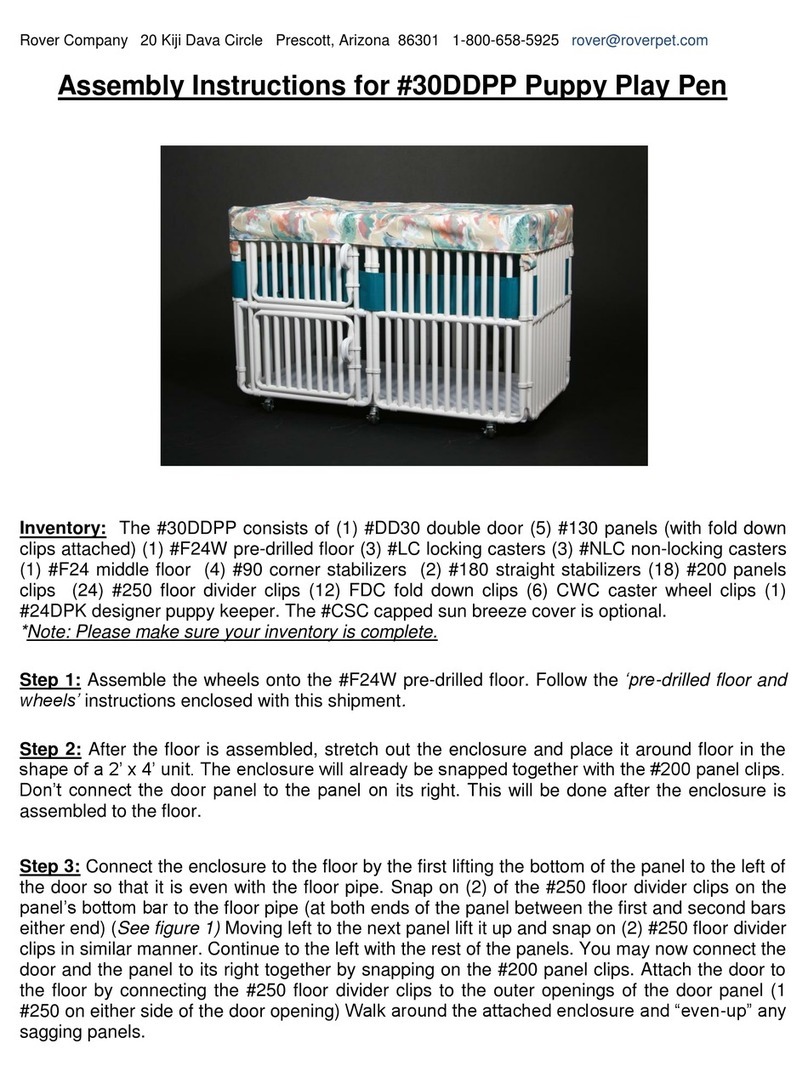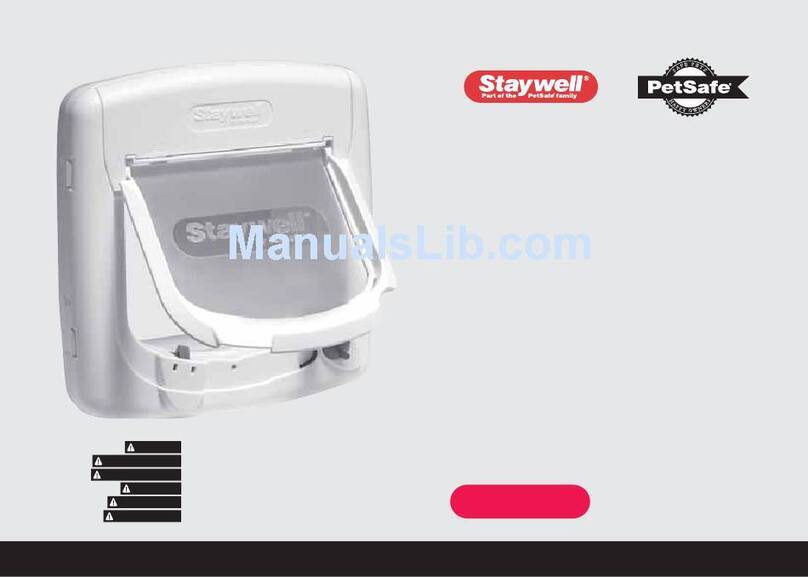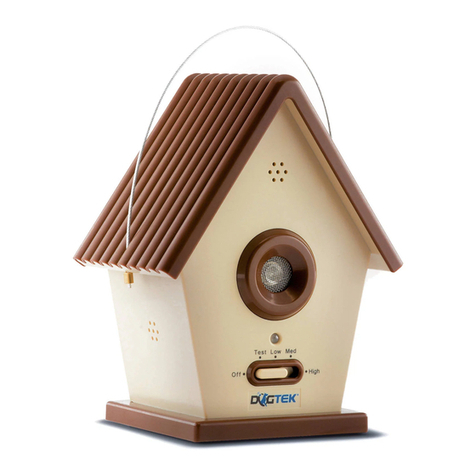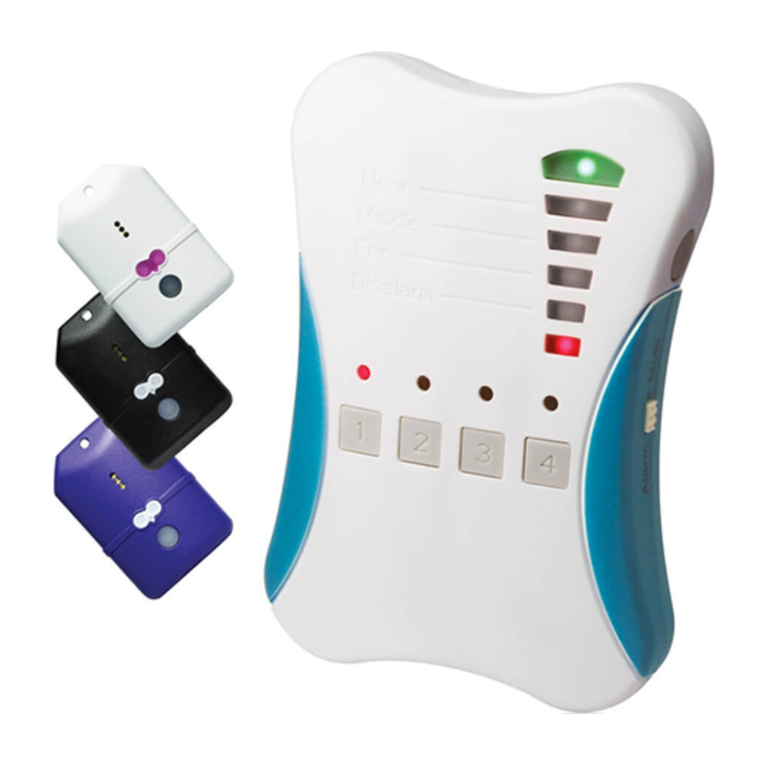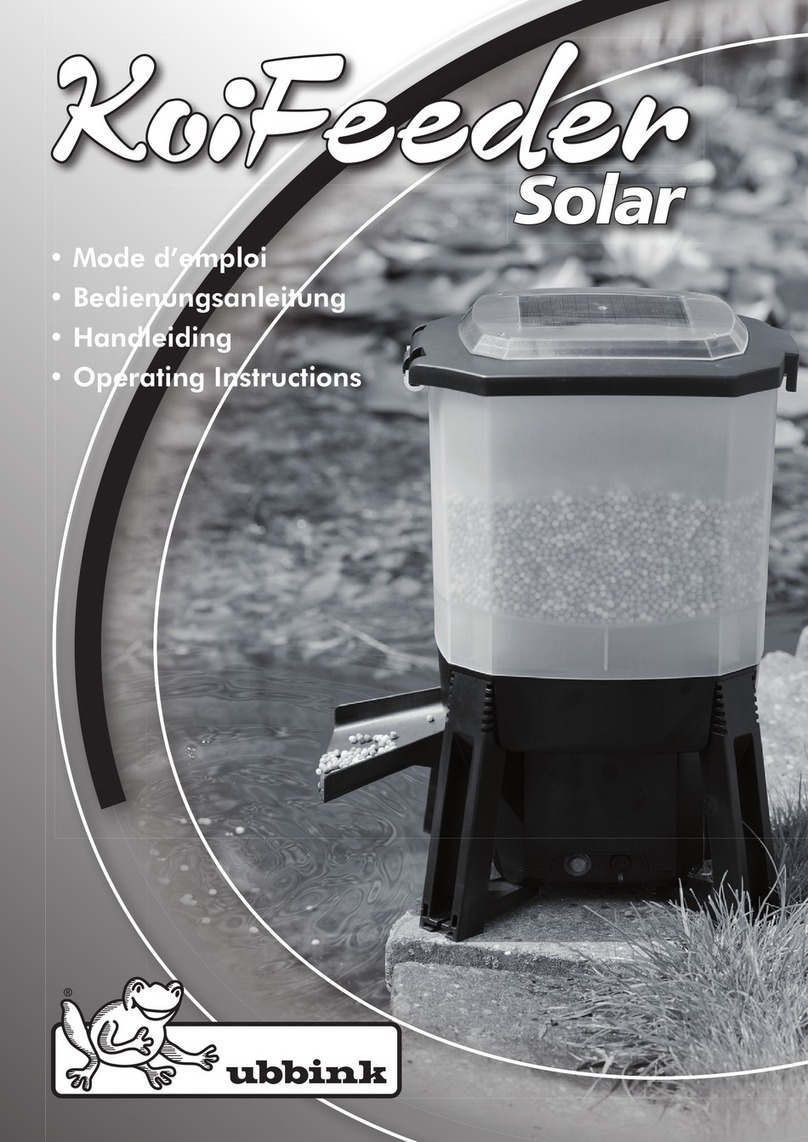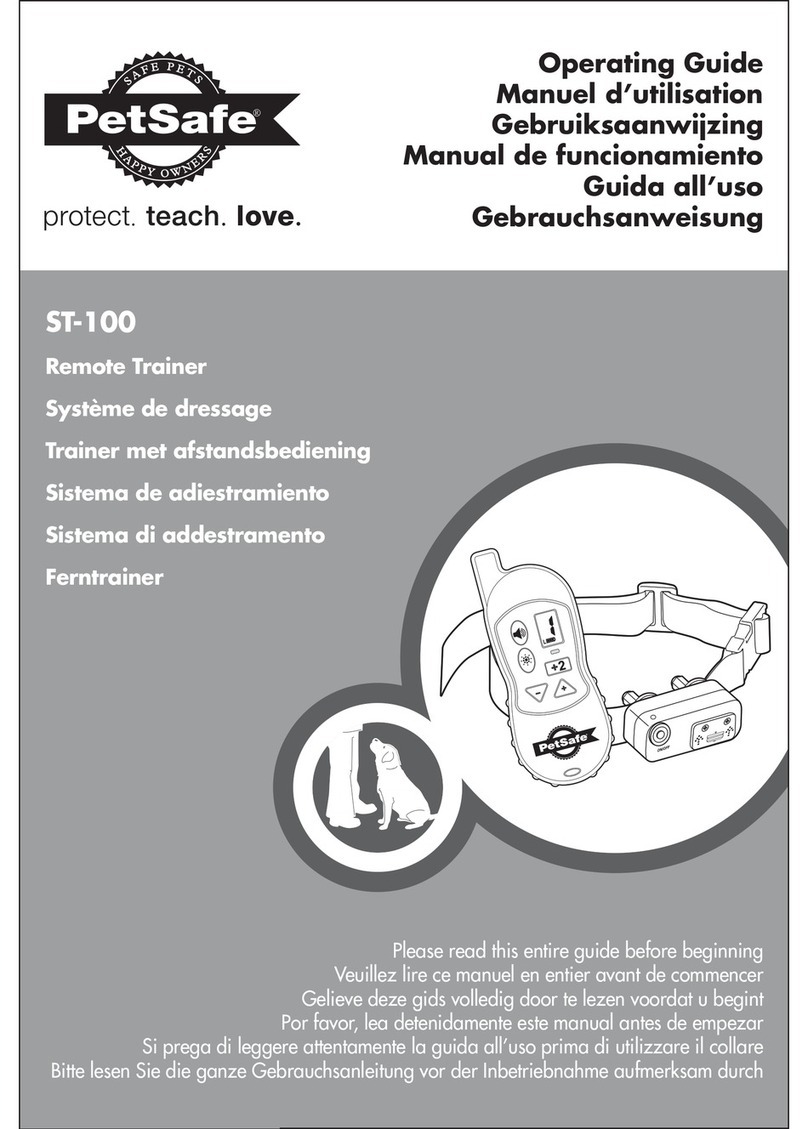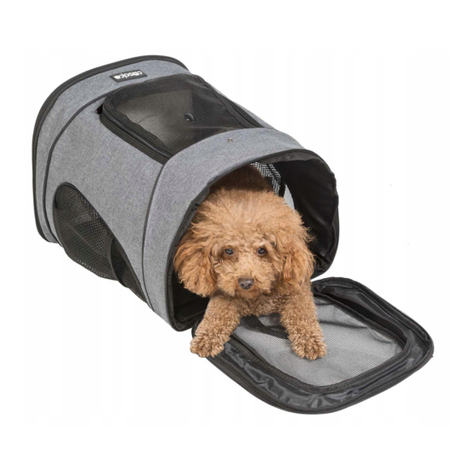My Pet's Brace Hock Brace Installation guide

1
TM
My Pet's Brace –Main Office
Phone: 610-286-0018
Email: info@mypetsbrace.com
My Pet's Brace –Pittsburgh
Phone: 724-338-4889
Email: pittsburgh@mypetsbrace.com
Thank you for helping your dog walk comfortably again by choosing a custom leg brace from My Pet's BraceTM!
Please follow the instructions below and contact us if you have any questions or concerns regarding your dog's
brace or progress.
Step 1: Read and follow the Fit and Care Instructions below.
Step 2: Watch the Hock Brace Fitting Tutorial video on our website at: www.mypetsbrace.com/fitting-videos.
Step 3: If you would like us to evaluate the fit of the brace, email pictures of your dog standing while wearing the
brace to [email protected]om. Take the pictures at your dog's eye level with front, side and rear views.
Wearing Instructions
•Unless otherwise instructed, use a gradual break-in schedule to allow the dog to become familiar with the
brace. Start with 2 hours on the first day and increase by an additional 1 hour per day as tolerated. These
do not have to be continuous hours and can be broken up into small segments. The dog should be
supervised during the break-in period.
a. The break-in schedule allows the dog to adjust to wearing the brace, builds their skin tolerance to
the brace and allows you to practice putting the brace on and taking the brace off.
•If your dog has two hock braces, we typically recommend starting with the more severely injured leg. 5-7
days later, start the break-in schedule with the opposite brace (while continuing to wear the original
brace). If you were mailed your braces, please consult your veterinarian or rehab professional as to which
brace you should start first.
•After the break-in period, wearing times should build up to 8-14 hours a day. Unless instructed otherwise
by your veterinarian or My Pet’s Brace, put the brace on in the morning and take it off at night.
•The dog should not wear the brace at night or when they are crated, unless specifically instructed to do so
by the veterinarian or rehabilitation professional.
Activity Level / Restrictions
•For the first 2-3 weeks, take 2-3 short 10-15 minute walks per day.
•Gradually increase walks as tolerated.
•The brace can be worn while swimming. Apply a sock over the brace to cut down on drag. After the dog
is done swimming- take the brace off, rinse the brace off with fresh water if in salt water, thoroughly dry
the brace, the straps and the dog's leg. Re-powder the brace and then put the brace back on.
Cleaning the Brace
•The brace is easily cleaned with a washcloth and mild soapy water. Make certain all soap residue is
removed and the brace and the dog's hair is completely dry before re-applying.
•Remove hair/dirt from the Velcro with a wire brush, brushing in one direction on the hook portion only.
Hock Brace
Fit and Care Instructions

2
Fitting the Brace
1) The dog can be standing or lying during the fitting. Initially, lying down may be easier.
2) Liberally powder the inside of the brace with cornstarch or baby powder DAILY.
3) Position the dog's leg in the brace with the paw sitting flat in the brace. The limb should be all the way
back into the brace.
4) Tighten the bottom strap first. The bottom strap should be fairly tight, but not too tight as to cut off
circulation to the limb. Use your one hand to keep your dog’s leg in the brace and use your other hand to
tighten the strap.
5) Tighten the middle strap.
6) Tighten the top strap. The top strap does not need to be overly tight. You should be able to fit your pinky
finger between the strap and the edge of the brace (less than a pinky finger for small dogs). All pads
should be centered on your dog’s leg.
7) Check the fit of the brace:
a. No part of the brace should rub on the bones of the leg.
b. The heel should be all the way back into the brace.
c. Make sure the dog's paw does not extend over the edge of the paw pad of the brace. It is normal
for the dog's nails to extend slightly over the paw pad of the brace. If the paw pad is longer than
½" past the nails, the brace may need to be returned to My Pet's Brace to be trimmed. The length
of the paw pad can vary depending on how the cast was taken.
d. If there is excessive movement of the limb in the brace when the dog walks, tighten the straps of
the brace. If that doesn't prevent the unwanted movement, the brace may need to be returned to
My Pet's Brace for adjustments.
8) The brace is now on. While leashed, walk the dog very slowly back and forth. Initially, it is common for
the dog to walk strangely and not put full weight on their braced leg. As with any brace, it will take time
for the dog to get used to wearing and walking with the device. Every dog’s adjustment time is different.
9) Remove the brace and inspect the dog's skin for any irritation. There may be some skin redness where
the brace is in contact with the dog's leg since the goal of the brace is to control and restrict certain
motions. Redness should dissipate within 15 minutes. Discontinue use of the brace if there are any signs
of significant hair loss, blisters, sores or bleeding and contact My Pet’s Brace.
10) Depending on your dog’s injury or condition, your dog may have a jointed hock brace. Jointed braces may
include range of motion straps on the back of the brace which control the degree of flexion at the joint.
As your dog’s injury or condition improves, the straps can be lengthened by changing which hole is
attached to the brace. Use the included Allen wrench to change the straps. Please consult your
veterinarian, rehab professional or My Pet’s Brace as to when or if the straps should be lengthened.

3
11) Inspect the brace for signs of wear. Straps and padding may need to be replaced over time. This is
normal wear on the brace. Contact us for replacement parts or repairs.
Removing the Brace
1) Unhook the Velcro of the bottom strap, middle strap and top strap.
Adjustments and Modifications
During the fitting process, adjustments are often needed to obtain the most exacting fit. Sometimes, these do
not become obvious until the brace has been worn for several weeks. If adjustments are needed, please contact
My Pet’s Brace to discuss. We will most likely request a picture or a video of your dog walking (taken at dog’s eye
level) be emailed for us to evaluate. Modification costs and replacement parts are covered under our warranty
during the first 120 days after original delivery of the brace. If you were mailed the brace or visited the
Morgantown, PA office, call 610-286-0018. If you visited the Pittsburgh office, call 724-338-4889.
Table of contents
Other My Pet's Brace Pet Care Product manuals
